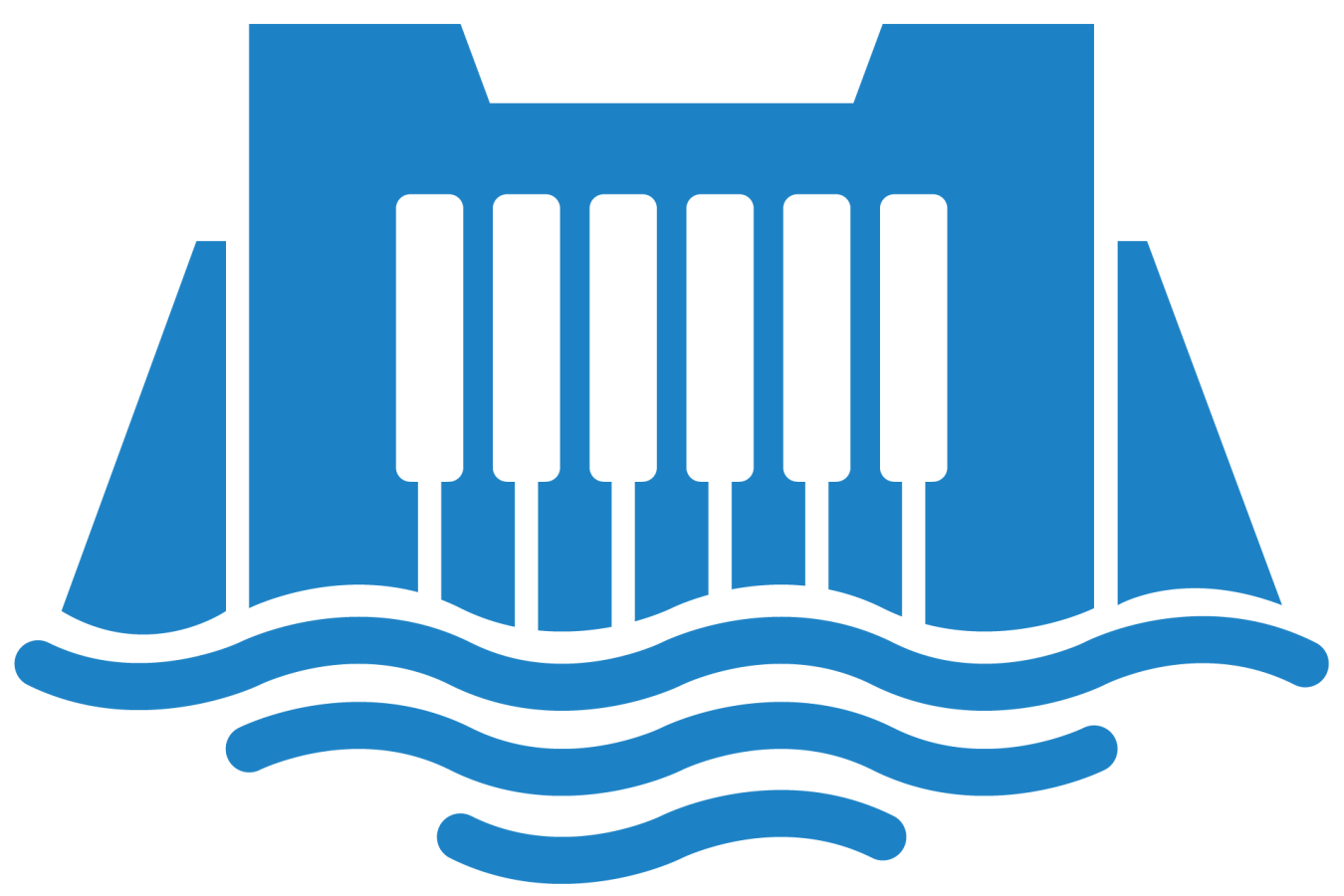Study reveals how cross-continental integration of large amounts of wind, solar, and hydropower could support a low-carbon future grid and quantifies system benefit of hydropower flexibility.
Water Power Technologies Office
March 9, 2022Grid Reliability, Resilience, & Integration (HydroWIRES)
Project Name: North American Renewable Integration Study
Project Team: National Renewable Energy Laboratory, U.S. Department of Energy, and Natural Resources Canada
Lead Recipient Location: Golden, Colorado

A multiyear study of the North American power grid found that increasing electricity trade and expanding transmission could have significant benefits, highlighting opportunities for a coordinated, low-carbon continental grid. The study also shows that a future low-carbon grid can be achieved through multiple pathways that can balance supply and demand using a variety of flexible resources. The North American Renewable Integration Study (NARIS), the largest study of its kind from a geographical perspective, focused on the potential role of cooperation among North American countries and how transmission can support sharing of supply and demand diversity across the continent.
By analyzing the entire continent in detail while studying higher renewable energy generation than previous studies, researchers learned that:
- Multiple pathways can lead to 80% power-sector carbon reduction continent-wide by 2050.
- The future low-carbon system can balance supply and demand in a wide range of future conditions, with all technologies contributing to resource adequacy.
- Interregional and international cooperation can provide significant net system benefits through 2050.
- Operational flexibility comes from transmission, electricity storage, and flexible operation of all generator types, including hydropower, wind energy, solar power, and thermal generation.
The NARIS hydropower research compared similar scenarios with and without the ability to adjust power output from U.S. and Canadian hydropower generators, showing that annual system costs are $2.3 billion (or 3%) higher without this flexibility. These results help improve the water power industry's understanding of the value of hydropower and pumped storage hydropower in an evolving North American grid.
Leveraging National Renewable Energy Laboratory (NREL) high-performance computing capabilities, NREL researchers used a suite of models to understand the impacts of renewable technology cost trajectories, emission constraints, and demand growth on key outcomes.
NARIS builds on decades of previous work studying power systems with high levels of renewable generation, including the Western Wind and Solar Integration Study, Eastern Renewable Generation Integration Study, Interconnections Seam Study, and Pan Canadian Wind Integration Study.
Grid Reliability, Resilience, & Integration (HydroWIRES) Projects
-
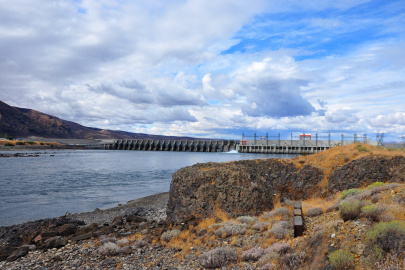 National laboratories contribute to International Energy Agency report on the unique role hydropower plays in service to power systems around the world.
National laboratories contribute to International Energy Agency report on the unique role hydropower plays in service to power systems around the world. -
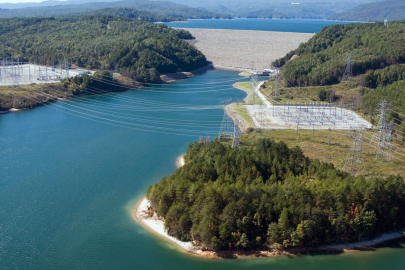 Pacific Northwest National Laboratory partners with the International Forum on Pumped Storage Hydropower to develop a series of reports on pumped storage hydropower capabilities, costs, and innovations.
Pacific Northwest National Laboratory partners with the International Forum on Pumped Storage Hydropower to develop a series of reports on pumped storage hydropower capabilities, costs, and innovations. -
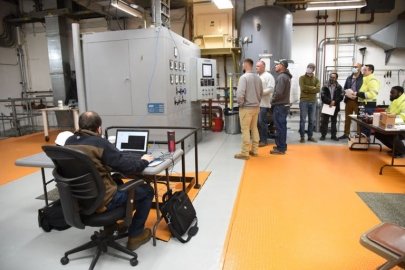 National laboratories and local utility demonstrate how small hydropower and energy storage technologies can provide emergency power to communities during regional grid disruptions.
National laboratories and local utility demonstrate how small hydropower and energy storage technologies can provide emergency power to communities during regional grid disruptions. -
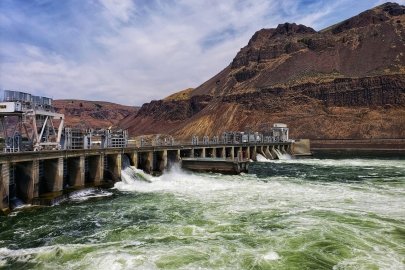 WPTO partners with General Electric to learn how pumped storage hydropower can accelerate the transition to a clean energy economy while helping to reduce local electricity costs.
WPTO partners with General Electric to learn how pumped storage hydropower can accelerate the transition to a clean energy economy while helping to reduce local electricity costs. -
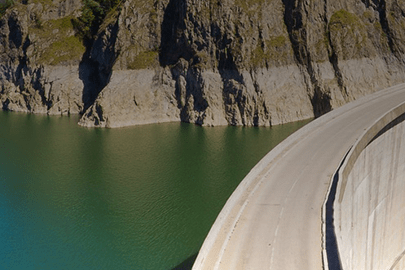 National laboratory team details approaches and develops a tool for developers and other stakeholders to value a full range of pumped storage hydropower services and contributions to the grid.
National laboratory team details approaches and develops a tool for developers and other stakeholders to value a full range of pumped storage hydropower services and contributions to the grid. -
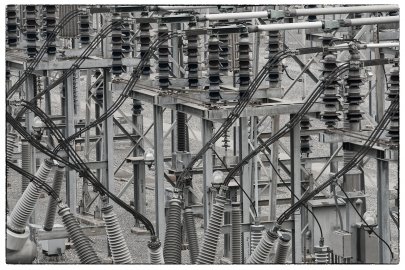 Researchers develop a report quantifying hydropower’s contributions to grid resilience and release an accompanying framework and toolkit to allow stakeholders to assess hydropower’s role under various extreme grid conditions.
Researchers develop a report quantifying hydropower’s contributions to grid resilience and release an accompanying framework and toolkit to allow stakeholders to assess hydropower’s role under various extreme grid conditions. -
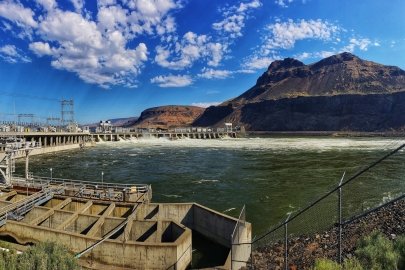 Oak Ridge National Laboratory creates a centralized dataset that provides an overview of available resources at hydropower facilities and their energy storage potential.
Oak Ridge National Laboratory creates a centralized dataset that provides an overview of available resources at hydropower facilities and their energy storage potential. -
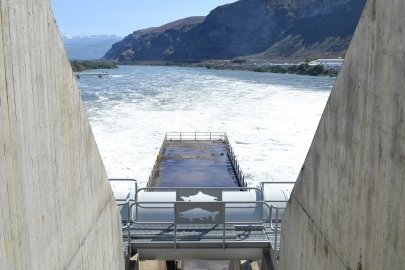 National laboratories develop report outlining ways to improve plant models to better represent hydropower’s capability to support the electric grid.
National laboratories develop report outlining ways to improve plant models to better represent hydropower’s capability to support the electric grid.
WPTO's Hydropower e-newsletter features news on R&D and applied science to advance sustainable hydropower and pumped-storage technologies.
The WPTO e-newsletter brings funding opportunities, events, publications, hydropower, and marine energy updates directly to your inbox.


